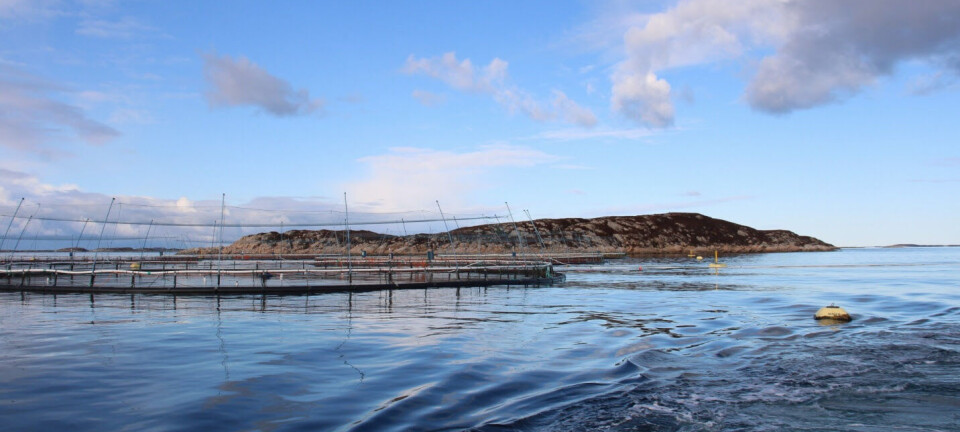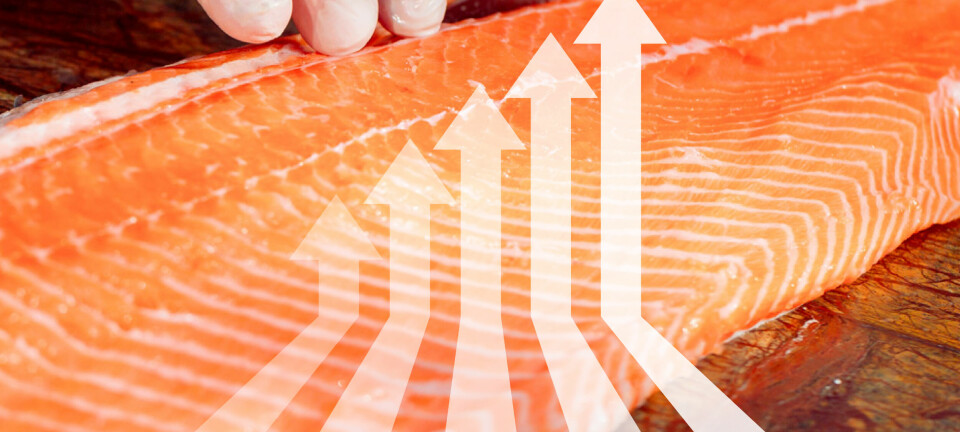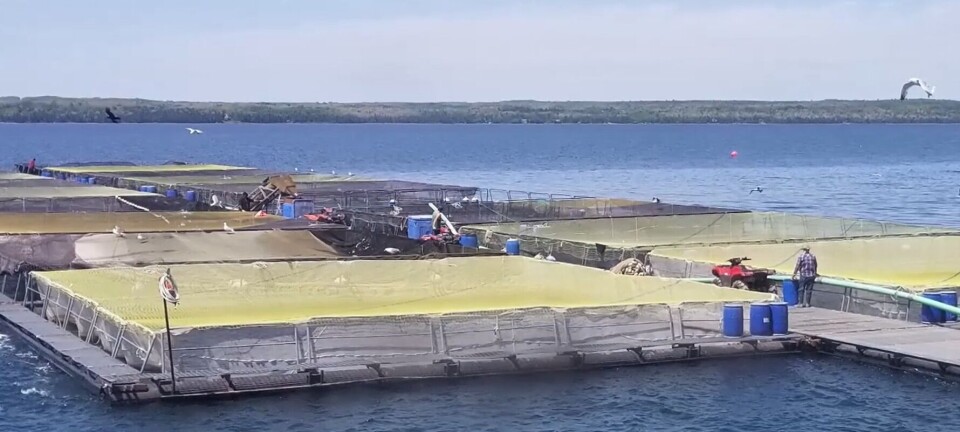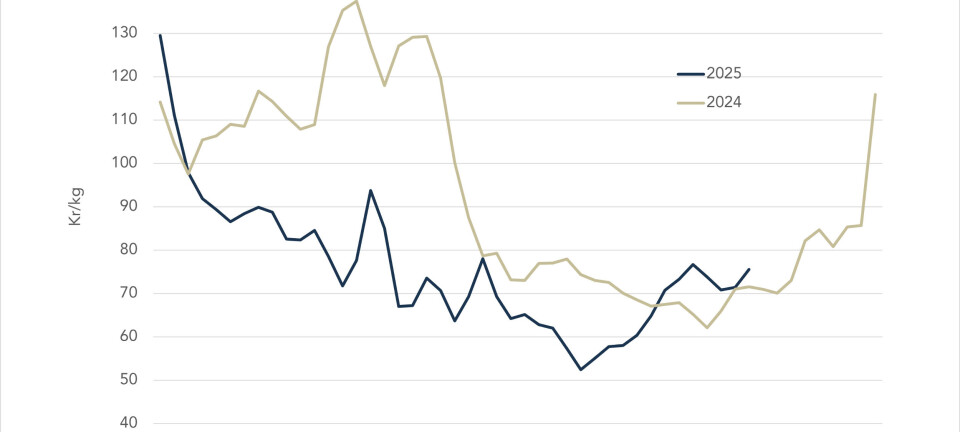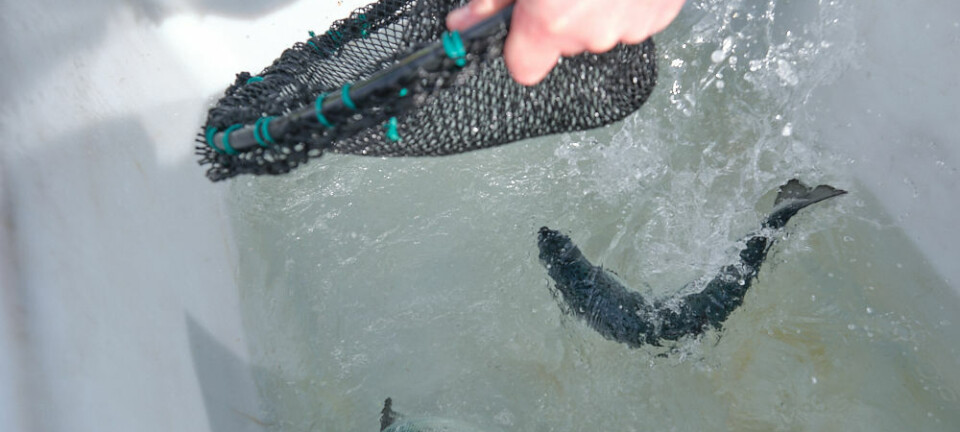
Salmon sector reduced antibiotic use to record low in 2024
The Scottish salmon farming sector's use of antibiotics last year was even lower than first reported in September, according to a new report from the Responsible Use of Medicines in Agriculture Alliance (RUMA).
The industry used 4.9 mg of antibiotics per kilo of fish, which is below both the 5.1 mg/kg reported in September and the target limit of target of 5 mg/kg, and just a fifth of the 24.8 mg/kg used in 2023 as well as being the lowest usage since sector figures were first collated and published in 2017.
Decreases were observed across both the freshwater and marine phases of production.
As in other years, treatments were limited to a relatively small number of farms each year, with 10.6% of freshwater farms and 7.1% of marine farms undertaking an antibiotic treatment in 2024.
Use of both oxytetracycline and florfenicol decreased in 2024. Similar to previous years, there was no use of oxolinic acid, which is defined as a higher priority antibiotic.
Significant investments
“Since 2022, the sector has experienced challenging conditions in the marine environment where salmon are farmed, with increased water temperatures and oceanic changes further afield,” trade body Salmon Scotland wrote in a commentary to RUMA.
“Changes in our marine environment can impact fish health which in turn, may, in some circumstances, lead to a requirement for treatment intervention.
“The salmon farming sector has made significant investment in new technological developments and innovation to support fish health management (e.g. increased environmental monitoring and new health interventions). For example, a recent report demonstrates nearly £1bn investment in fish health and welfare since 2018. This has led to significant improvements in fish health and survival in 2024, which is reflected in antibiotic use.
“Scottish salmon farmers are proud of the progress made in 2024 and will remain vigilant by continuing to monitor their fish and the farming environment on a daily basis, promptly reacting wherever necessary and possible.”
Antibiotic use in trout farming decreased by 26% (1.8 mg/kg) between 2023 and 2024 from 6.9 mg/kg to 5.1 mg/kg. This is the lowest figure seen since data was first published in 2017.















